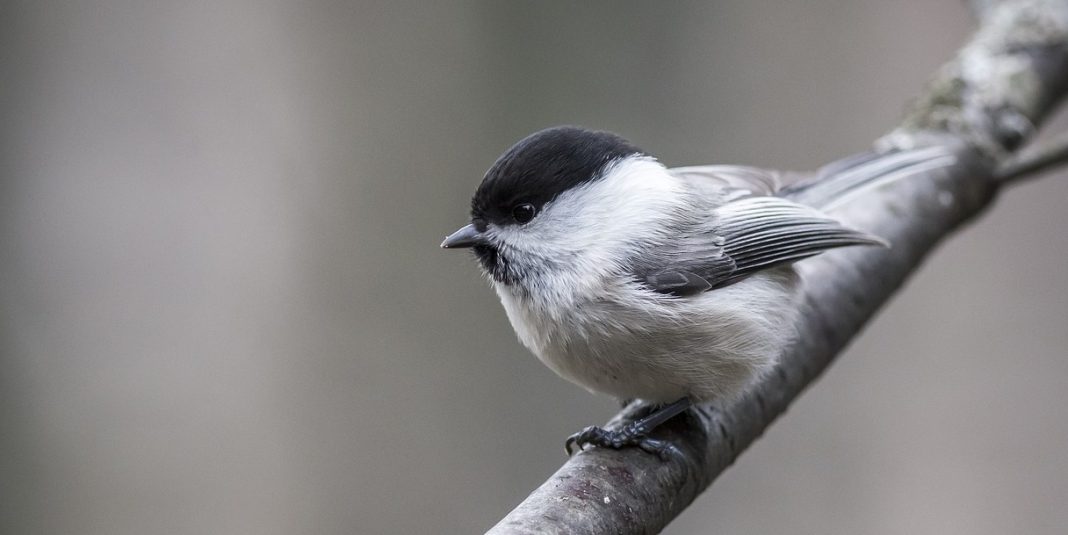In one of the world’s first projects of its kind, National Grid has transformed part of the Trans Pennine Trail in the Peak District National Park by replacing seven pylons and 1.5km of overhead wires with underground cables.
The Peak District project is one of the first schemes in the world to remove existing high-voltage electricity transmission infrastructure, which has been in place since the 1960s, solely to enhance the landscape.
The company has also enhanced the environment in the area by planting 9,000 trees and making the whole area more accessible by enhancing car parking provision.
Senior stakeholders from the Peak District National Park Authority and Barnsley Metropolitan Borough Council were on hand to cut the ribbon, formally re-opening the public car park and picnic area in Dunford Bridge after refurb work.
The car park and picnic area upgrade is part of the final phase of National Grid’s Going Underground project to transform this part of the Dark Peak landscape, following the successful removal of seven pylons and 1.5km of overhead electricity line in 2022.
As part of how it is regulated by Ofgem, National Grid Electricity Transmission has been given dedicated funding to pursue Visual Impact Provision projects to reduce the visual impact of its infrastructure in AONBs and national parks.
The complex construction and engineering programme has involved placing new cables below the ground, with world-leading teams joining forces with local contractors at each stage of the project from cable jointing to pylon removal.
National Grid’s team has also been commended for achieving a planned 18 per cent biodiversity net gain for the project, smashing its initial target of 10 per cent. The additional eight per cent was achieved through careful management of the environment around the project’s highly sensitive and constrained construction site. Additional habitat for wildlife was created and the extent of permitted tree removal was greatly reduced.
Leanne Evans, Senior Project Manager for National Grid said: “Securing a long-term 18 per cent biodiversity net gain for the project and enhancing the willow tit habitat has only been achieved with every single member of the project team being fully committed and willing to change the way we normally work.
“We’re extremely proud to have set a high environmental benchmark on this scheme and to have demonstrated what can be accomplished by collectively doing the right thing. It proves that sensitive environmental management is possible on major projects, even in the most challenging of locations.”



